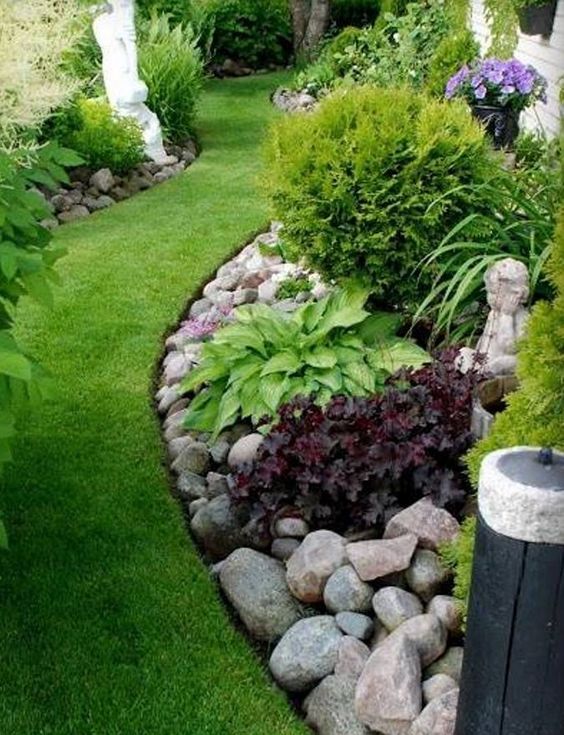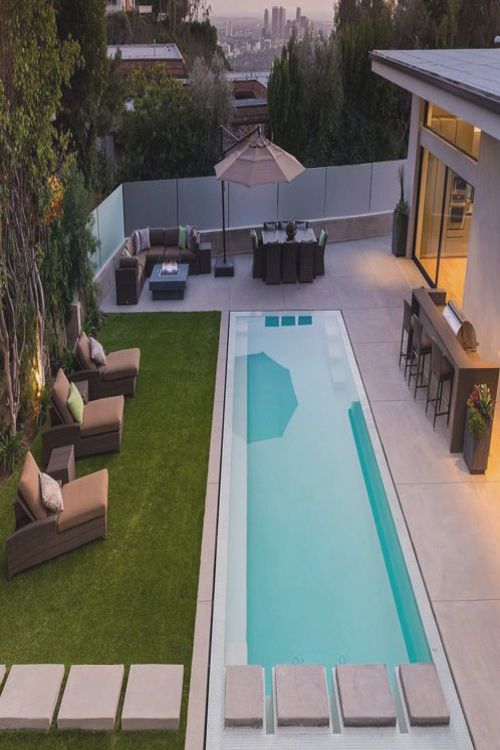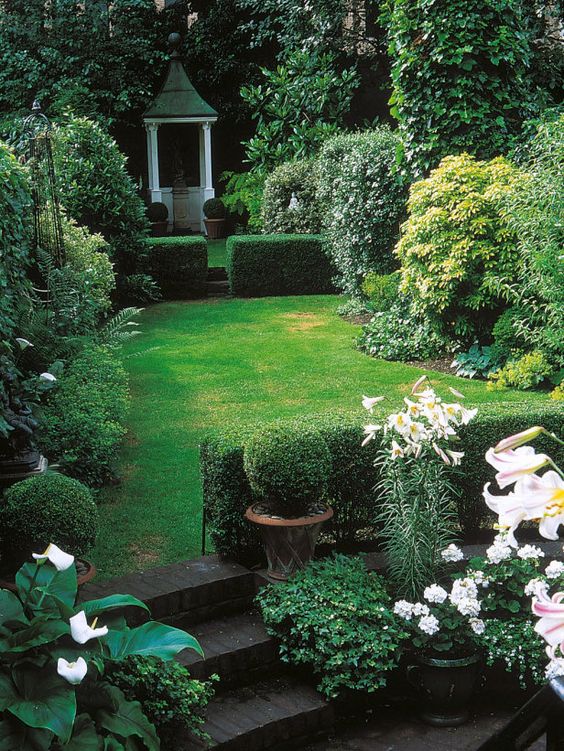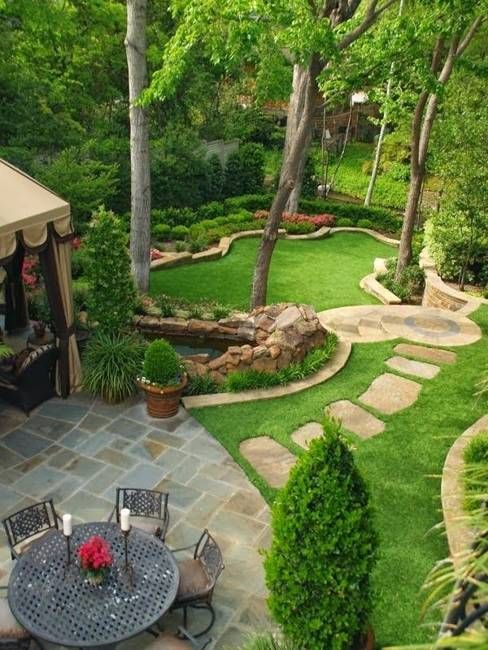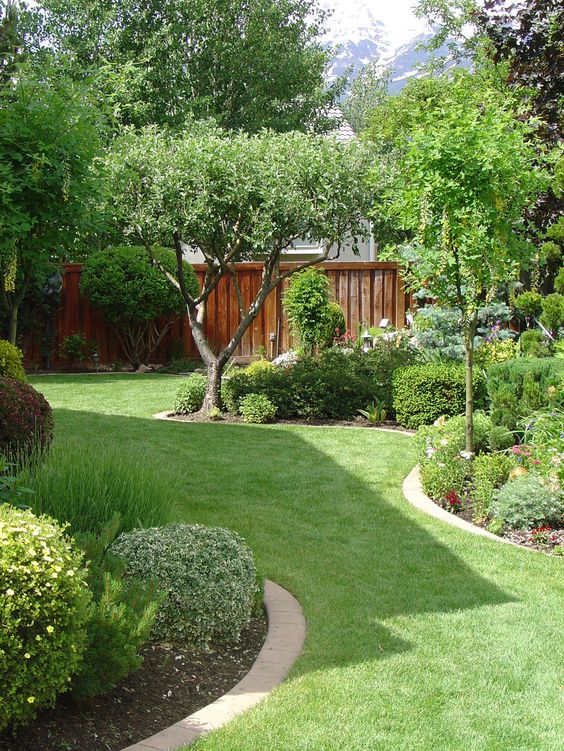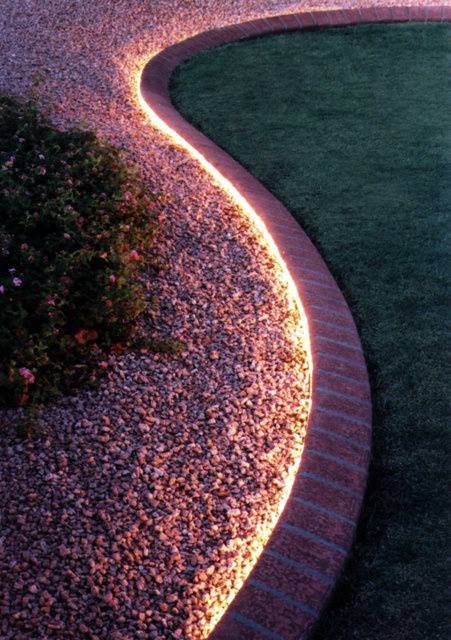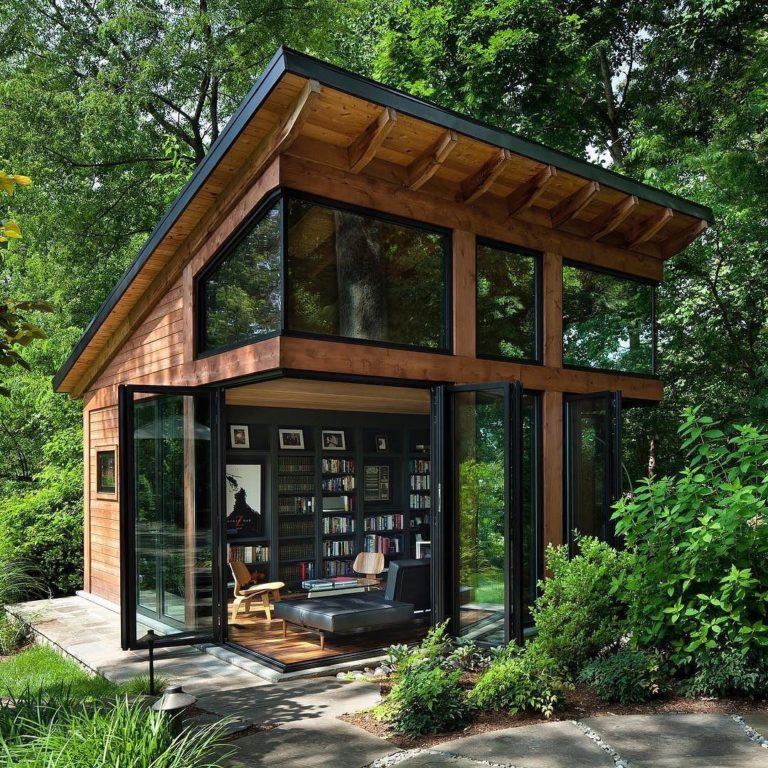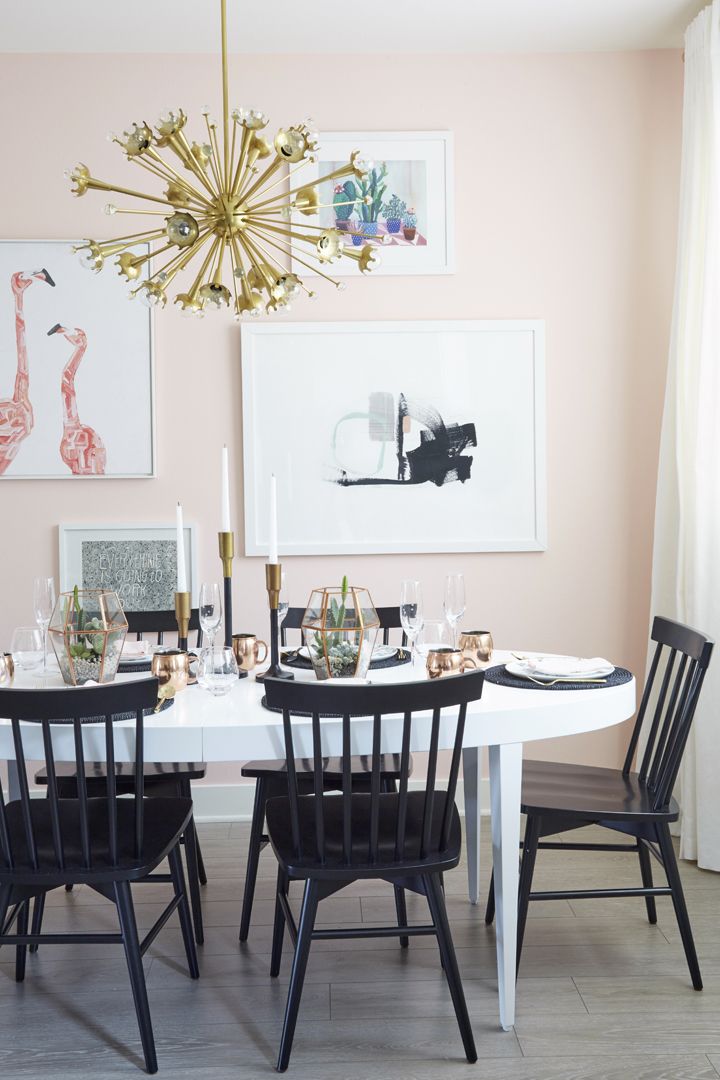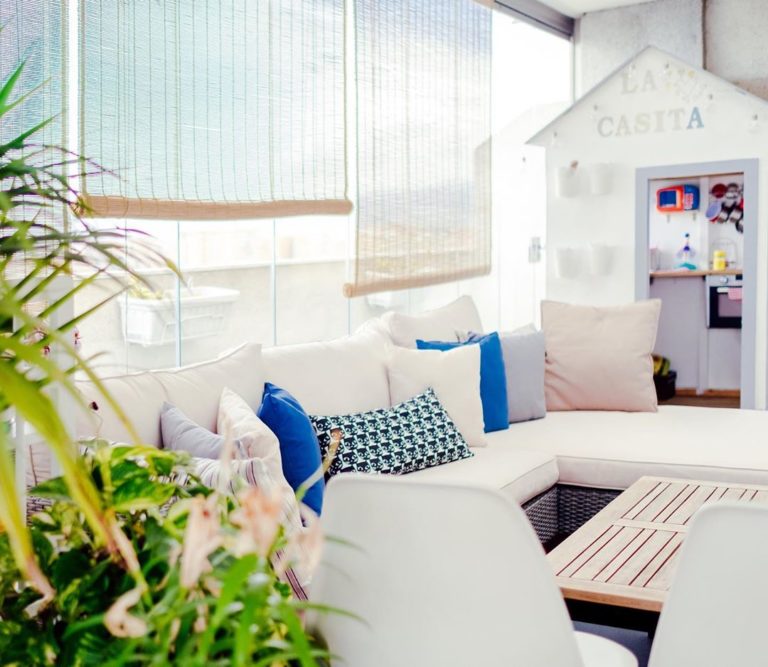Eco-Friendly Lawn Care Design
Having an eco-friendly lawn has many benefits. These include improved aesthetics, as well as financial, and health paybacks. No wonder many homeowners are actively seeking ways to transform their properties into green ecologies. If you too are in search of friendly, sustainable and healthy lawn care design to green your garden, the following ideas should get you inspired.

Get the right plants
Different plants have varying growth requirements. As such, they will either thrive or wither depending on factors like climate, soil nutritional value, and the amount of care one gives them. For these reasons, it is critical that you get native plants species, which are suitable and adaptable to your kind of environment. Such plants will have a natural resistance to pests, drought, and diseases. Subsequently, you will not need to use too much water, or chemical based pesticides, herbicides, and fertilizers.
Switch to synthetic or artificial turf
A primary challenge with natural grass is that you have to water them frequently to keep them healthy and striking. Evidently, doing that can result in wastage of too much water. Instead of wasting water, why don’t you adopt a more water-saving and environment-friendly lawn care design option like synthetic turf?
An artificial lawn looks just as striking as the natural grass and requires a lot less scheduled upkeep. However, unlike the water guzzling grass, the synthetic type does not need watering. Which means, in addition to saving water, you will enjoy a significant reduction in your water bills, and perhaps a rebate from the local authorities.
Assemble like plants together
An attractive green lawn care design that is gaining rapid popularity among homeowners is Xeriscaping. Here, you group plants according to their growth requirements. Whereby, those with similar watering, warmth or nutritional needs grow in their unique setting. When you do that, you significantly reduce the amount of time, energy, and resources that you will use to care for the plants.
Reduce the lawn space
When establishing a garden, its size has a direct relationship with the inputs that you use. If your garden is vast, you are likely to use a lot of water, fertilizers, and seeds. All these strains the eco-system. However, if you have a small yard, then you are unlikely to use as many resources. Hence, it is only logical for a person seeking to make his or her yard eco-friendly, to reduce the lawn size. A novel way of going about it is to introduce decorative garden features like benches, gazebos, and rock gardens.
Cover the ground
One reason why people spend too much water on their lawns is that the water keeps evaporating. Once the grass loses moisture, it withers and becomes flaccid in appearance, forcing the homeowner to pour more water. Instead of struggling with such a tiring cycle, why not take the problem head on? The reason your grass keeps losing moisture is that it is exposed. Counter the issue by adding mulch to your plants, and using correct lawn mowing procedures. For example, you should use a mower that has a sharp blade, and set the blade to give you the maximum cut possible. Moreover, after mowing, do not remove the grass clippings. Just leave them where they fall. They will provide ground covering, and improve the soil nutrients when they decompose.
Create garden areas
Installing pathways, walkways and drives are an excellent way of revamping your curb’s appeal. They are not only pleasing to the eye, but they add a flair of order and functionality to the garden. The good news is that you can use eco-friendly materials to create these garden areas. For instance, for the walkways and patios, you could use pavers made from gravel, concrete, bark or any other reclaimed material. For the fence, you should use rot resistant wood and refrain from using chemically treated wood varieties.
Adopt energy saving designs
As part of making your lawn eco-friendly, you should consider making it energy efficient. Fortunately, there are many lawn care designs that you can use and make significant savings on your energy bills. A popular one being wind channeling. In this approach, you simultaneously alter the direction of the wind and regulate indoor temperatures, by growing trees, shrubs, vines and any other suitable vegetation. Another useful option is to plant deciduous trees on the southern side of the home. The trees will keep the property warm and cool, in winter and summer respectively.
Use Solar Outdoor Lights
There is something about the outdoor lighting that makes a property look magical at night. However, since conventional lights can spike up the energy bill, it is prudent to consider energy-saving options like solar. Naturally, solar power is renewable and free once you set it up. That means you can enjoy magnificently lit outdoors without worrying about the energy bills. These lights exist in a variety of shapes, colors, sizes, and wattage. Meaning you will always get whatever suits your taste.

